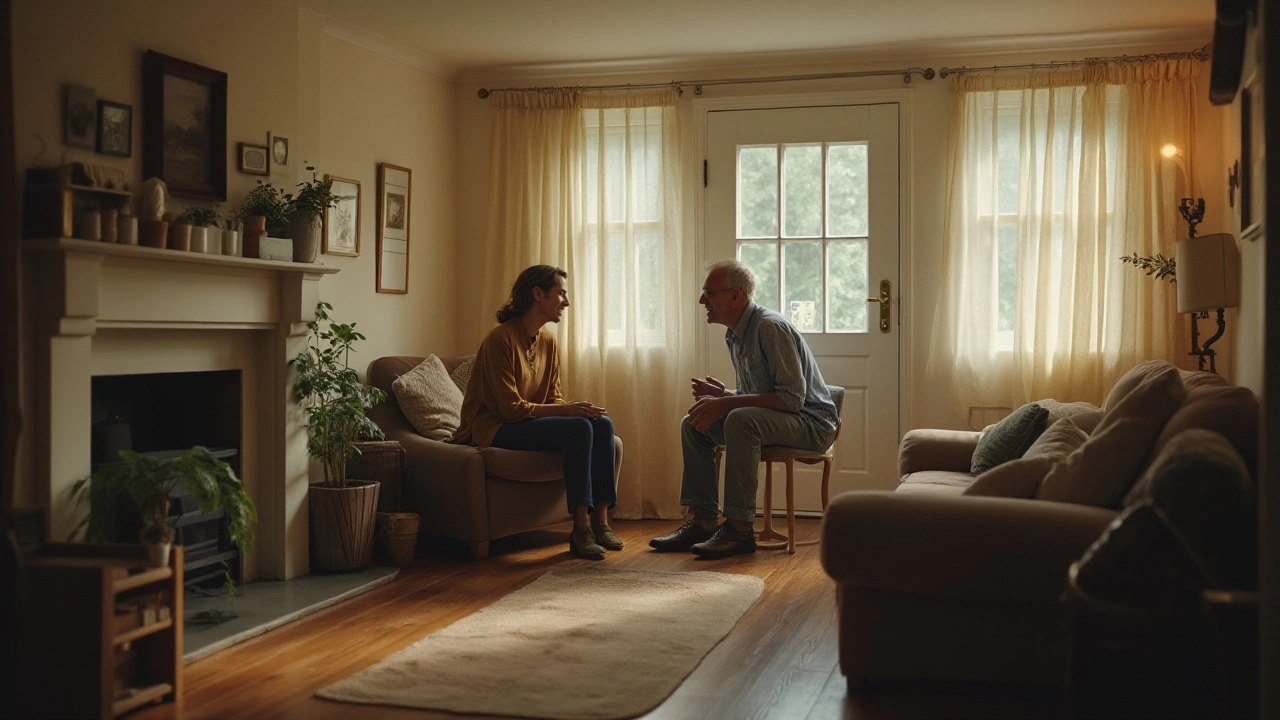Relationships in Art & Architecture
Buildings, movements, and artworks don’t exist alone. Each style is a conversation: between past and present, between materials and people, between power and everyday life. Want a quick way to read a building? Think in relationships—who built it, what ideas shaped it, and which earlier styles it borrows from.
How styles influence each other
Look at Ancient Roman engineering feeding Renaissance proportion, or Byzantine domes that inspired later church designs. Those links show up in our posts about Roman, Byzantine, and Renaissance architecture. When you see a rounded arch, ask whether it’s a Roman echo or a Romanesque revival. When columns appear on a courthouse, you’re likely seeing Greek Revival reaching into civic pride.
Revival movements prove relationships run on choice, not accident. Gothic Revival brought pointed arches and ornament back into 19th-century buildings because architects wanted an emotional, historical look. Similarly, Renaissance Revival and Beaux-Arts reused classical ideas to signal wealth and order. Those choices are social signals as much as design decisions.
Why relationships matter today
Understanding connections helps you spot authenticity and copycat styles. If you’re restoring a house or picking a design theme, knowing whether a detail is original or added later saves time and money. For example, the posts about Colonial and Georgian influence explain why symmetry shows continuity, not just taste.
Relationships also explain how architecture shapes behavior. Functionalism in sociology shows how systems work together—public spaces, transport, and building form affect how people move and meet. That’s useful whether you’re planning a street, a museum visit, or simply arranging furniture to encourage conversation.
Some relationships are surprising. Minimalism didn’t only change interiors—it shaped tech interfaces and product design, as our minimalism posts show. Revivalism isn’t just historical nostalgia; it influences cafés, festivals, and communities that borrow old forms to create new meaning.
Want practical ways to use these ideas? First, when you travel or shop for design, name what you see: Is that a gambrel roof (Dutch Colonial) or a mansard (Second Empire)? Second, compare eras: which parts are structural and which are decorative? Third, ask who the building served—palaces often signal power, while craftsman homes focus on handiwork and daily life.
Use relationships as a toolkit. They help you read cities faster, make smarter renovation choices, and pick design details that actually match a building’s story. If you like examples, check the posts on Gothic Revival, Beaux-Arts preservation, and Ancient Roman hidden gems to see these links in real buildings.
Finally, remember that relationships change. Architects reuse, adapt, and argue with the past. That makes architecture alive—always borrowing, always reshaping. Once you start reading those connections, every street and museum becomes a map of ideas instead of just a bunch of pretty façades.

Enhance Your Relationships Through Minimalism
Minimalism isn't just for decluttering your home; it can profoundly impact the quality of your relationships. By focusing on meaningful connections and cutting out the noise, minimalism helps to build stronger, more supportive bonds. Learn how by simplifying your life, you can improve your interactions with loved ones, creating a shared journey of simplicity and growth.
Read more